Big cats, including lions, tigers, leopards, and cheetahs, are among the most iconic and admired creatures on Earth. However, their populations are declining due to habitat loss, poaching, and human-wildlife conflict. In response, conservationists are increasingly turning to innovative technologies to help safeguard these majestic animals. This article explores how technology is playing a pivotal role in big cat conservation efforts across the globe.
The Challenges Facing Big Cats
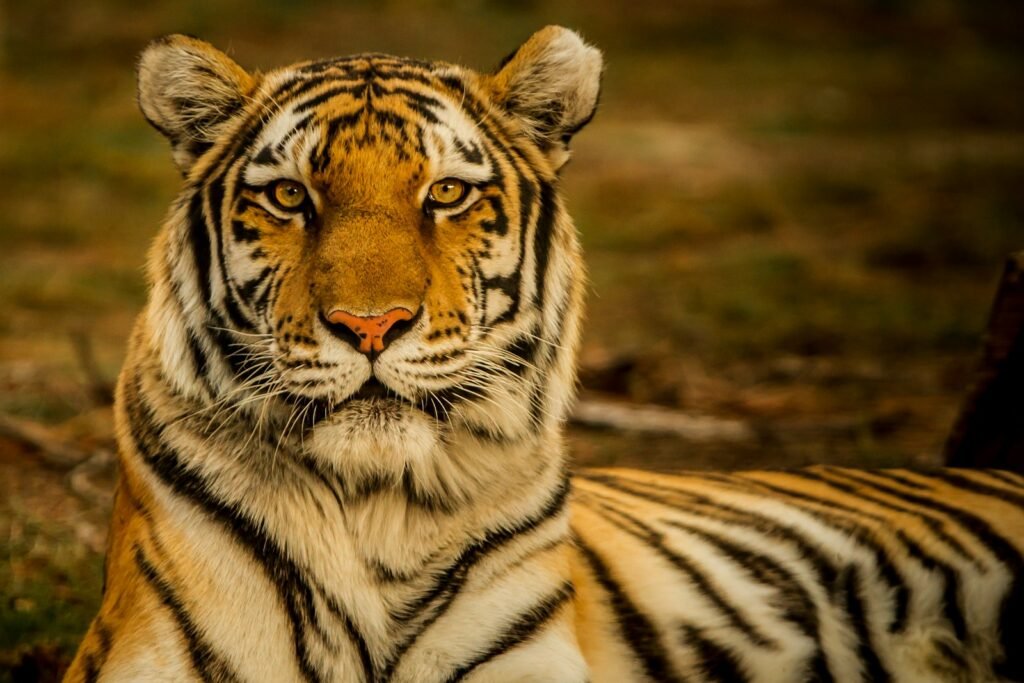
Understanding the myriad threats to big cats is crucial to recognizing the importance of technology in their conservation. Habitat fragmentation and loss, driven by agriculture and urbanization, severely restricts the natural roaming and hunting grounds of these predators. Furthermore, illegal poaching and trade for fur and body parts continue to decimate populations. Conflict with humans, often resulting from livestock predation, further exacerbates the situation, leading to retaliatory killings.
Remote Sensing and Habitat Monitoring
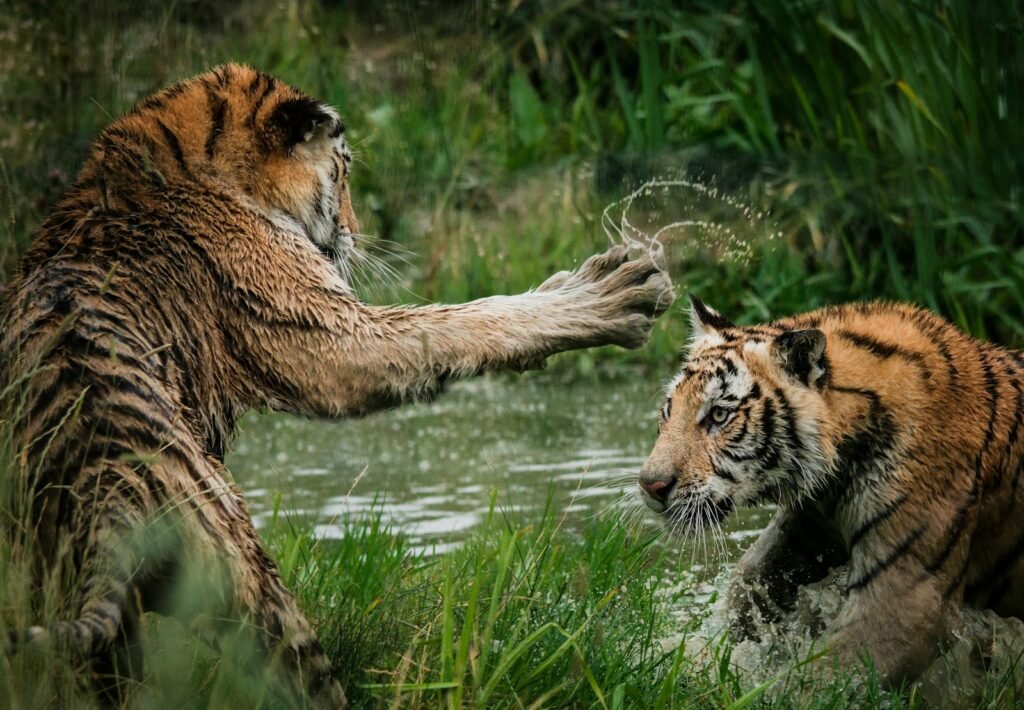
Remote sensing technology, utilizing satellite imagery and aerial drones, is revolutionizing habitat monitoring. These tools allow conservationists to track changes in land use and forest cover over vast areas, providing crucial data on habitat loss. By understanding these changes, strategies can be developed to mitigate their impact on big cat populations, potentially identifying areas for habitat restoration or protection.
Camera Traps: Eyes in the Wild
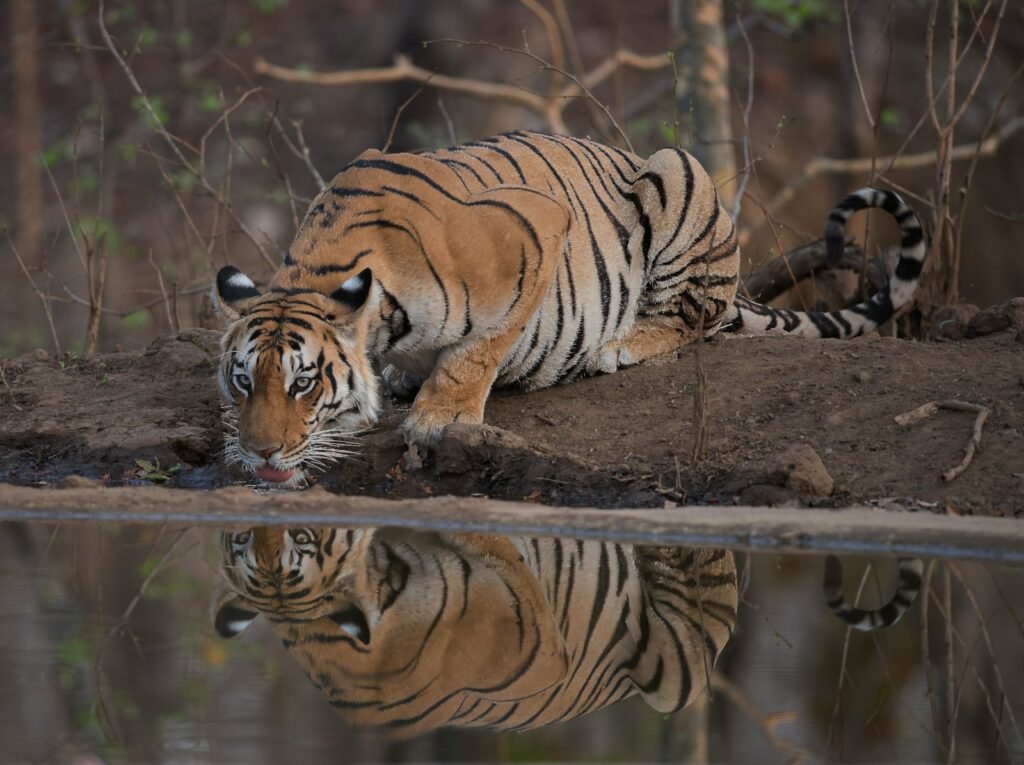
Camera traps have become indispensable tools for documenting big cat presence, behavior, and population dynamics. These motion-activated cameras provide valuable insights without disturbing the animals or their habitats. The data gathered helps researchers estimate population sizes, understand predator-prey relationships, and identify key behavioral patterns essential for effective conservation planning.
GPS and Radio Collar Tracking
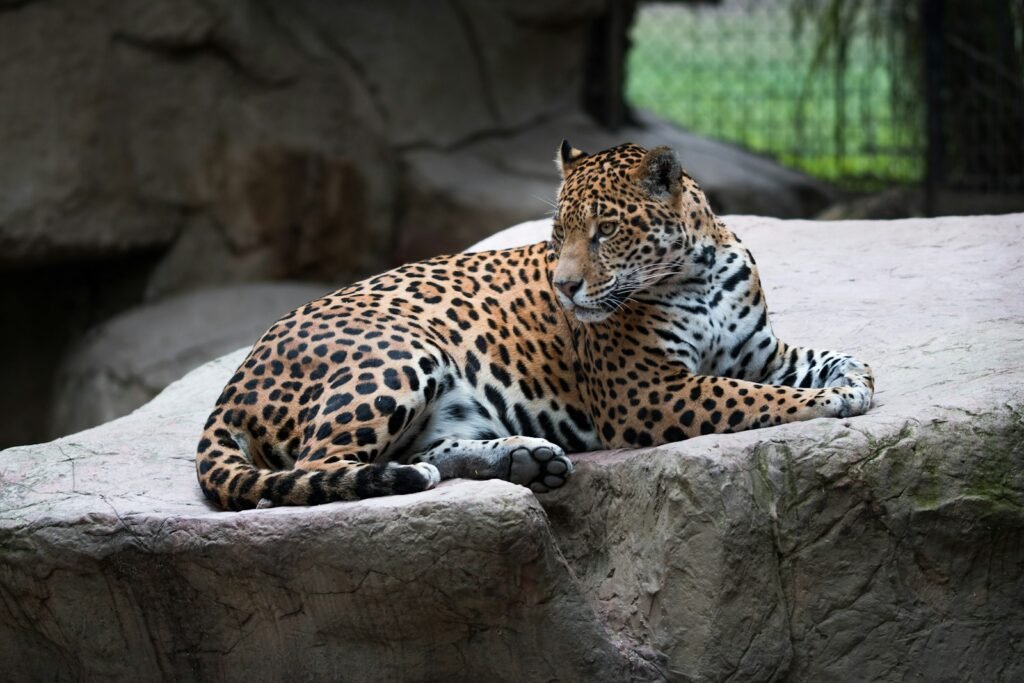
GPS and radio collars are used to monitor the movement and behavior of individual big cats. By tracking the animals in real-time, researchers can gain insights into their ranging patterns, territory sizes, and interactions with other wildlife. This information is crucial for developing management plans aimed at reducing human-wildlife conflict and ensuring the survival of these species.
Genetic Analysis and Biodiversity
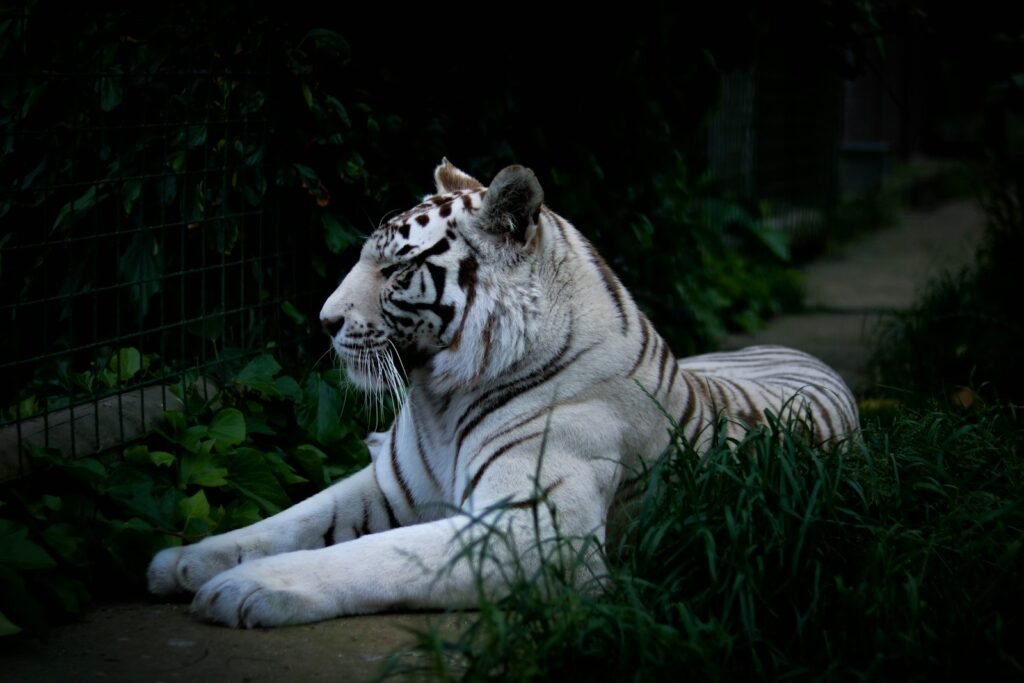
Advancements in genetic analysis are providing new insights into the biodiversity and genetic health of big cat populations. DNA samples collected from scat, hair, and other sources help identify individual animals, assess genetic diversity, and track familial relationships. This information is vital for maintaining healthy populations and planning reintroduction efforts where necessary.
Anti-Poaching Technologies
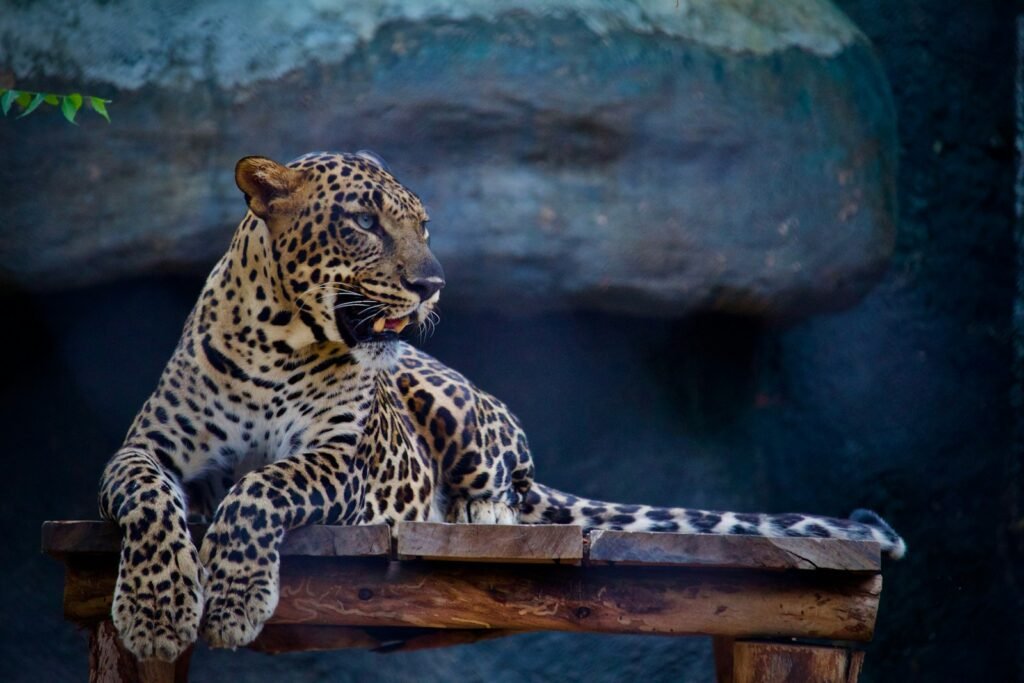
Poaching remains one of the biggest threats to big cats, but technology is helping to combat this illegal activity. Smart collars and GPS tracking devices not only monitor animal movements but can also send alerts when poaching activity is detected. Additionally, drones equipped with thermal imaging technology are used for surveillance in high-risk areas, helping to prevent illegal activities before they harm wildlife.
Community Engagement Through Technology
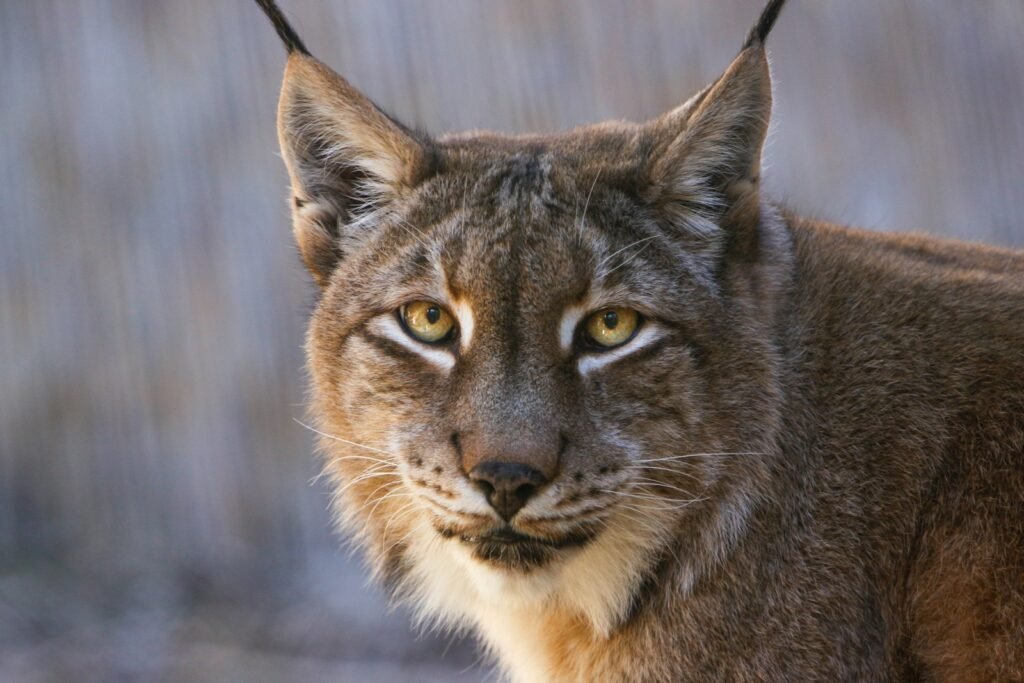
Conservation efforts are more successful when local communities are actively involved. Mobile apps and social media platforms can be used to raise awareness, encourage participation in conservation programs, and educate communities about sustainable coexistence with big cats. These tools also provide an effective means for reporting issues such as poaching or injured animals.
Artificial Intelligence in Data Analysis
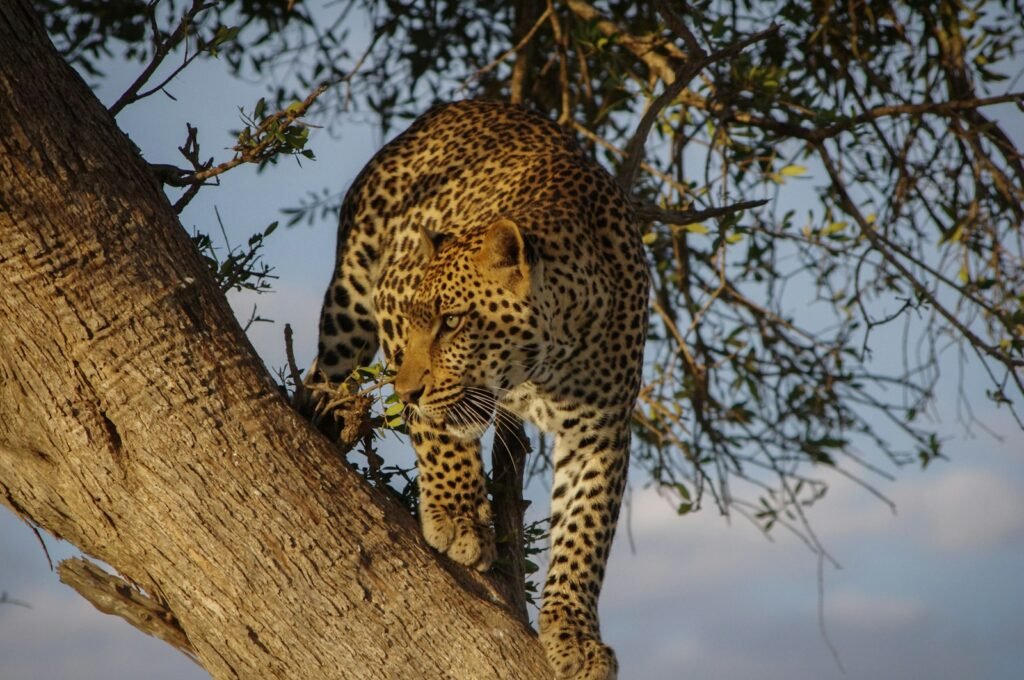
Artificial Intelligence (AI) is being leveraged to analyze the massive amounts of data collected through various technologies. Machine learning algorithms can quickly sort through camera trap images or GPS data to identify patterns, allowing researchers to focus on specific conservation challenges. AI also aids in predicting potential human-wildlife conflict areas, enabling preemptive measures.
Success Stories and Future Prospects
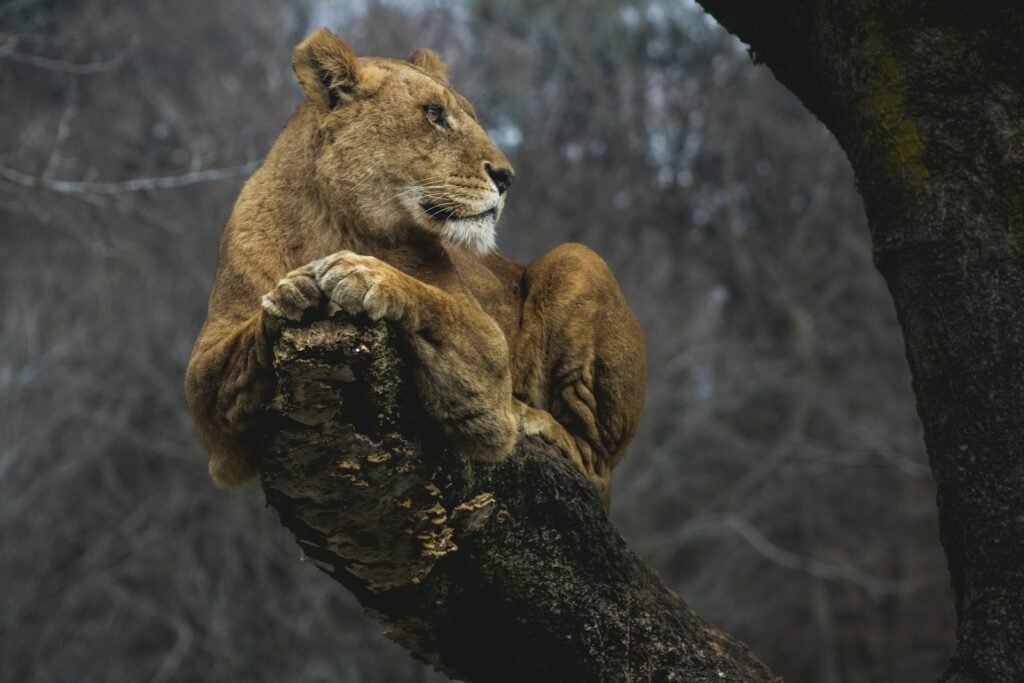
The integration of technology in big cat conservation has yielded many success stories. For instance, the use of camera traps and genetic analysis in India has contributed to the doubling of its tiger population in less than two decades. Moving forward, continued innovation and collaboration between technologists, conservationists, and local communities will be critical to addressing ongoing conservation challenges.
Conclusion: A Technological Path Forward
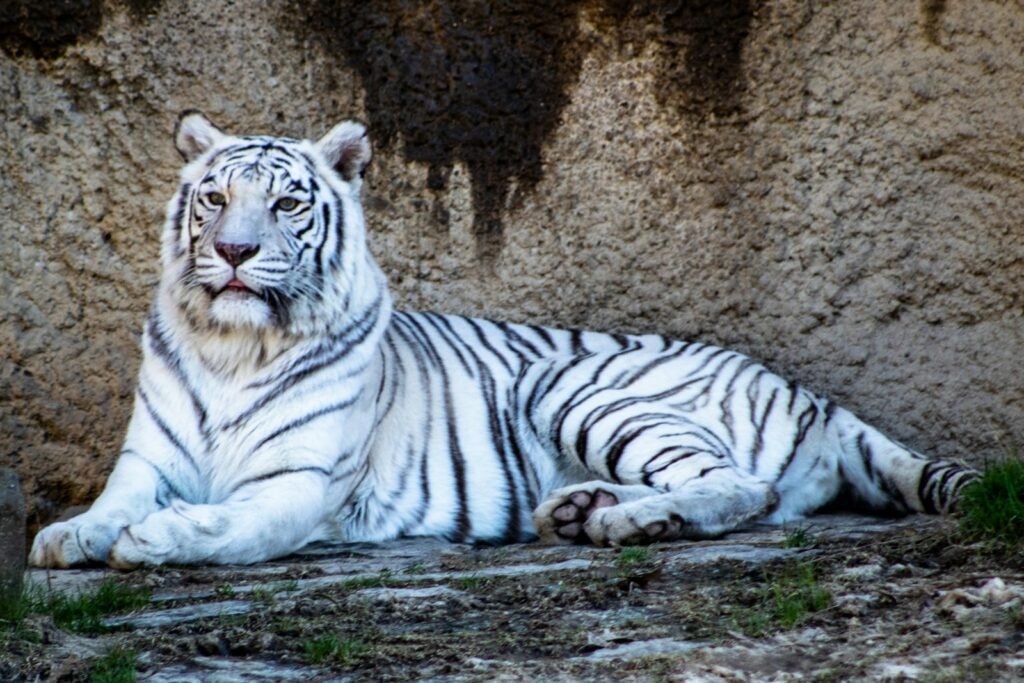
Technology has indisputably become a cornerstone in the fight to conserve big cats. From monitoring their habitats with satellites to deterring poachers with drones, these technological tools are invaluable assets in the pursuit of preserving these magnificent creatures. As technology evolves, so too will its role in securing a future where big cats can continue to roam freely and thrive in their natural environments.
Hi, I’m Bola, a passionate writer and creative strategist with a knack for crafting compelling content that educates, inspires, and connects. Over the years, I’ve honed my skills across various writing fields, including content creation, copywriting, online course development, and video scriptwriting.
When I’m not at my desk, you’ll find me exploring new ideas, reading books, or brainstorming creative ways to solve challenges. I believe that words have the power to transform, and I’m here to help you leverage that power for success.
Thanks for stopping by, Keep coming to this website to checkout new articles form me. You’d always love it!






